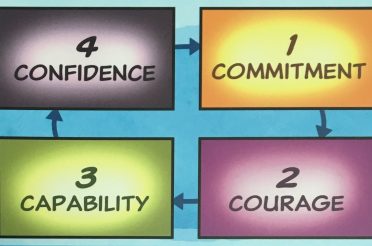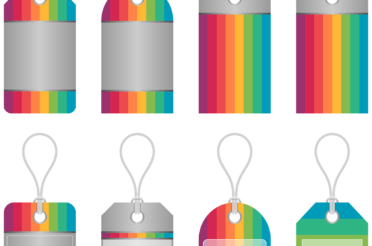 How you think about your business has a massive impact on how/if it flourishes. By applying the mindset of a ‘business designer’ instead of a ‘business owner’, you can put in motion a momentum that evolves your business and profit model towards the vision you want to bring to life.
How you think about your business has a massive impact on how/if it flourishes. By applying the mindset of a ‘business designer’ instead of a ‘business owner’, you can put in motion a momentum that evolves your business and profit model towards the vision you want to bring to life.
‘Business Designer’ vs. ‘Business Owner’
Many entrepreneurs fall into the trap of being only business owners. They own their business in the sense that the assets legally belong to them, they have liability for paying the bills, and they’re the ones keeping the machine going. If they’re not careful, it can end up feeling like they’re simply custodians of the business bank account, taking what comes in, and divvying it out among the various parties.
Fewer entrepreneurs are actually business designers. They zoom out to examine the assumptions their business is built on, critically consider how each of their business model components connect/don’t connect, consider alternative ways to combine/re-combine value propositions, and are continuously and proactively sculpting their strategy and execution.
This way of approaching business is driven by a design attitude rather than an ownership attitude which recognizes your business as a malleable medium for creative expression.
The ‘Design Attitude’
What then is a design attitude? Here are the chief mindsets that contribute to a design attitude:
- Design is decision. We define the essence of design as simply “decision” — the act of observing, weighing alternatives, and choosing what to do/not do. If there’s no conscious decision being made from a set of principles and overarching idea (i.e., decisions are just automatic and/or reactive), there’s no design.
- Design is dynamic. It’s living, evolving, goes through iterative stages, is experimental in nature, constantly learning and adapting. A static existence of steady decline, or continuing to apply the same approach to an evolving landscape, is not design.
- Design is imaginative. Design looks outside itself and remixes from alternative reference frames, is curious, daydreams without constraints at times, conceives and edits many alternatives. Never looking outside your own four walls, following the lead of your competitors or industry, and ruling out things that have never been done before, means you’re not designing.
- Design is purpose-focused. “Profit” is not a purpose in business, it’s a by-product. Design believes in something, has an opinion about how things should be, and thinks through how that belief translates into business processes, products, messages, and more.
- Design is human-centered. Design places the human at the core of its activity, its inspiration flows from and to this anchor, it listens and is attentive to their spoken and unspoken messages, and considers what truly and best leads to human flourishing. Any business lacking this as its primary reference point, misses the heart of design.
Adopting the Design Attitude in Your Business
So how do entrepreneurs translate this design attitude into real-life business actions? There are countless ways both large and small, but here’s three starting examples that our team works with entrepreneurs on:
- Business models: Taking a look at the 9 components of your business’ model, considering how well they fit with each other, identifying which one(s) should be evolved next, thinking through ways to approach, designing transformation paths, and adapting to learnings.
- Profit models: Breaking down the revenue drivers, cost structure, key relationships between components, clarifying targets, forming hypothesis on how to move towards them, applying and evaluating the feedback, moving from one target to the next.
- Financial systems: Assessing current processes and technologies, clarifying the needs of the business based on its business and profit model, identifying cloud apps that will serve and automate the businesses process, integrating the different company’s to seamlessly share information, displaying the financial results in easy-to-understand visuals and charts, updating and enhancing as the business evolves.
There’s many more for sure, but hopefully you start to get a flavor of what it’s all about.
The Choice
It’s a choice every entrepreneur must make: Will I be an owner of my business, or a designer of my business?
The principles of design are embedded deeply into our team’s approach to business, and we’re convinced that adopting a design attitude provides the mental framework and action tools to get your arms around your business and sculpt it towards the future you envision.
To benefit from ElementsCPA team’s experience applying this design approach in your business, reach out for a Coffee Conversation to see if we’re a good fit to catalyze change for you.






